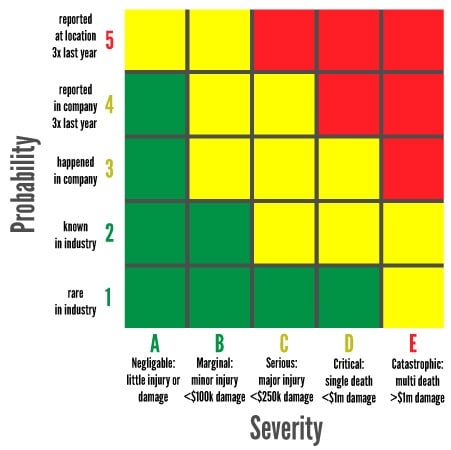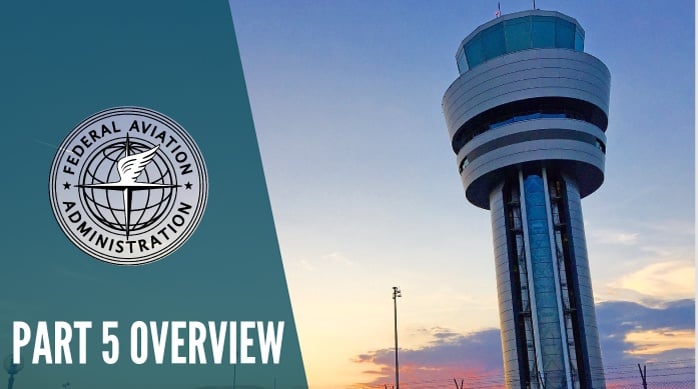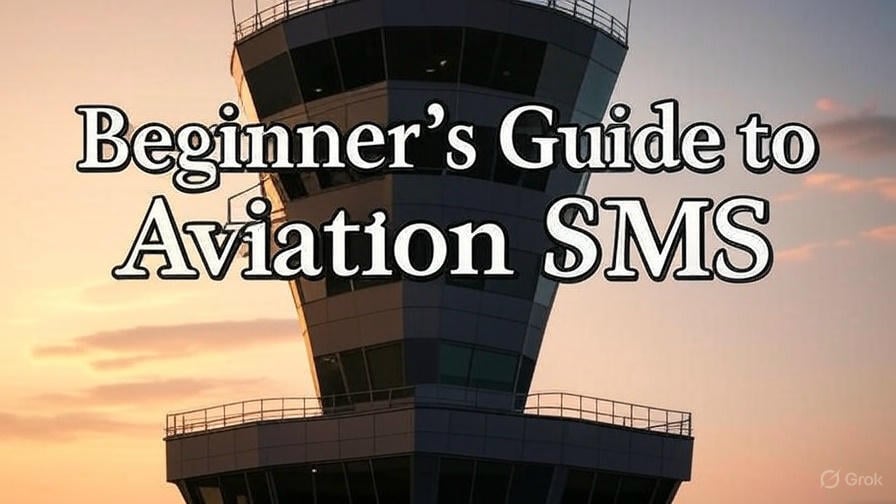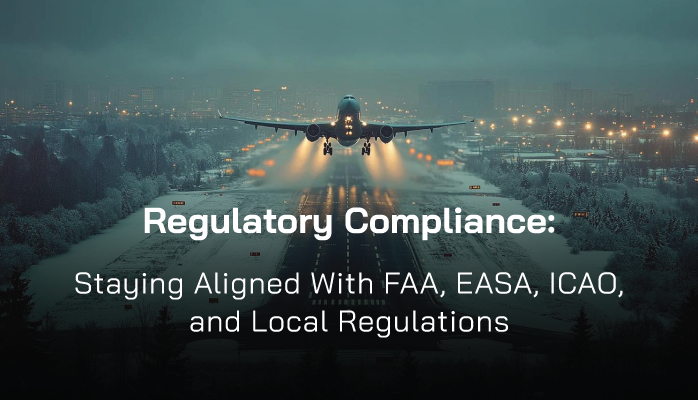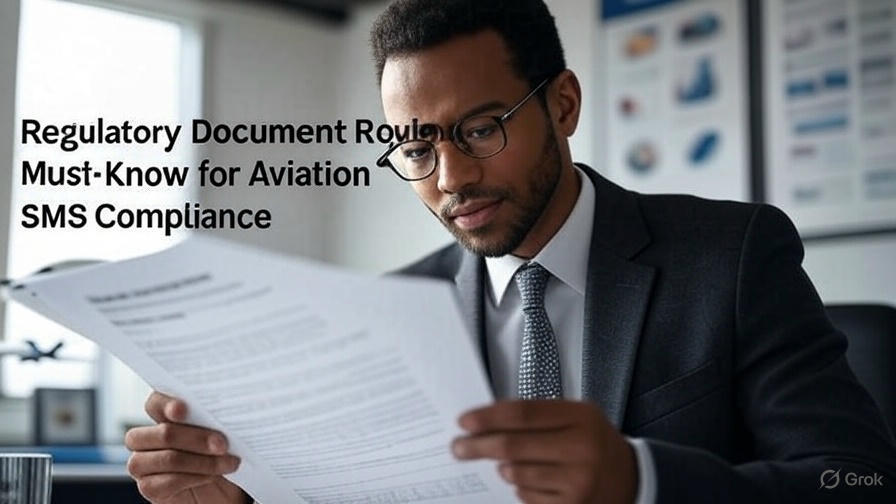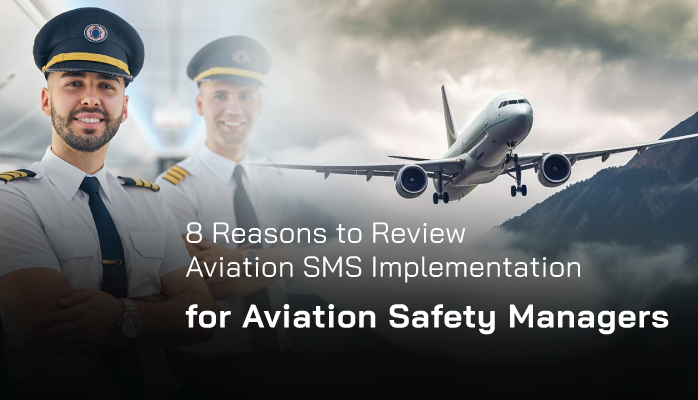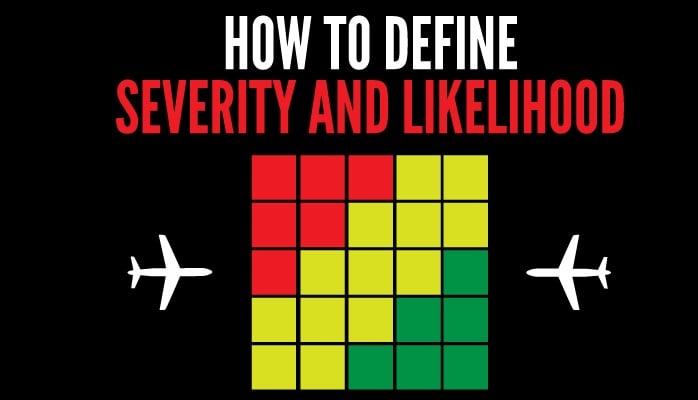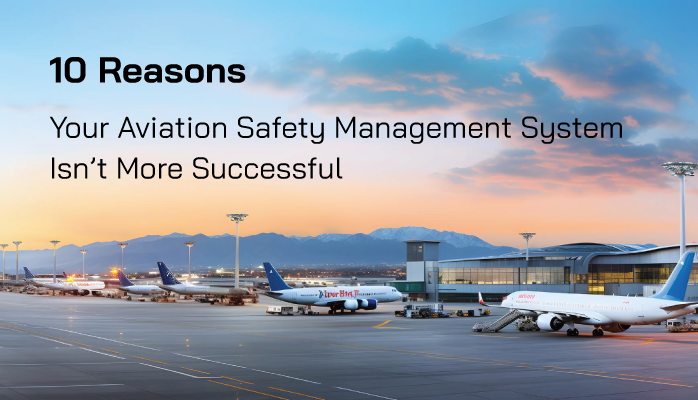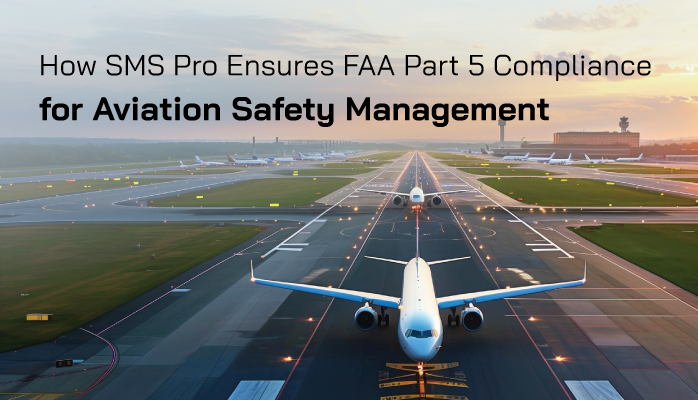In aviation, where safety is non-negotiable, a Safety Management System (SMS) is the backbone of risk management. Mandated by the International Civil Aviation Organization (ICAO) and national regulators like the FAA and EASA, an SMS provides a structured top-down approach to identifying, assessing, and mitigating safety risks. However, a one-size-fits-all SMS is ineffective—aviation operations vary widely in size, complexity, and risk profile.
Tailoring an SMS to your organization’s unique characteristics is essential for compliance, operational efficiency, and a robust safety culture. This article offers aviation safety managers actionable guidance on customizing SMS implementations, with insights into regulatory requirements, practical steps, and best practices.
